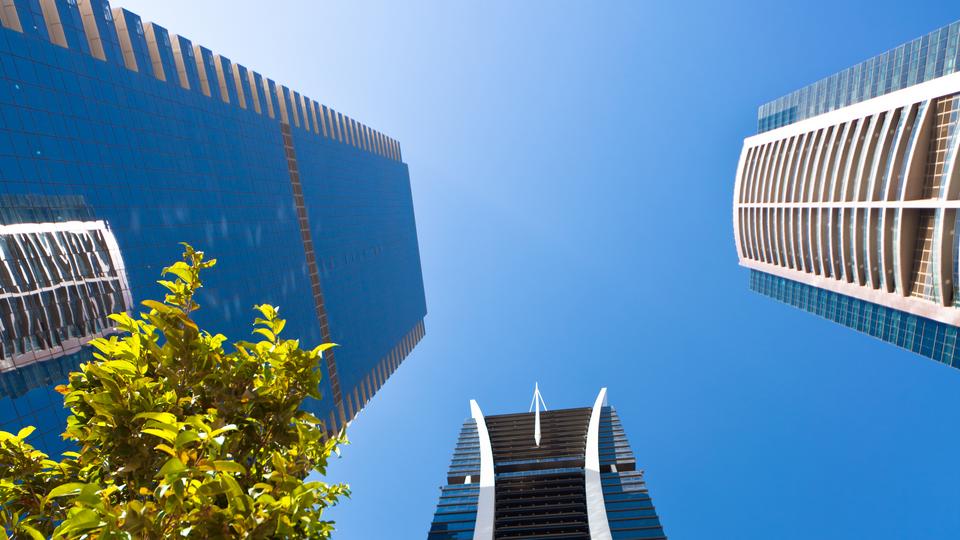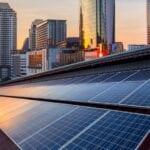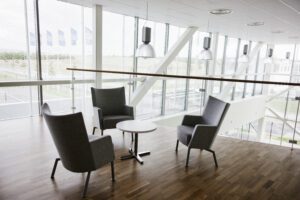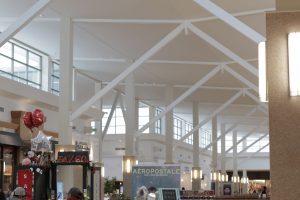LEED is a rating system devised by the United States Green Building Council (USGBC) to evaluate the environmental performance of a building and encourage market transformation towards sustainable design. The system is credit-based, allowing projects to earn points for environmentally friendly actions taken during construction and use of a building. LEED was launched to develop a “consensus-based, market-driven rating system to accelerate the development and implementation of green building practices.”
The LEED rating systems are grouped into five main categories:
- Building Design and Construction
- Interior Design and Construction
- Operations and Maintenance
- Homes
- Neighborhood Development
Building Design and Construction
The first category, Building Design, and Construction contains 10 LEED rating systems. These rating systems are guidelines for new buildings and old buildings undergoing major renovations. Schools, hospitals, retail, data centers, warehouses, office buildings, and apartment buildings are all examples of buildings that would fall into this category.
Interior Design and Construction
The second category is Interior Design and Construction, which was designed specifically for tenants leasing a portion of a larger building. Interior spaces in commercial buildings, retail, and hospitals would fall into this category. For example, a company leasing commercial office space or for a Starbucks in a strip center would pursue this option.
Building Operations and Maintenance
The third category is Building Operations and Maintenance, which can be used by building owners and operators to measure operations and maintenance as well as make minor improvements. Schools, hospitals, retail, data centers, and warehouses can fall into this category.
LEED for Homes
The fourth category is LEED for Homes, which was specifically designed for single and multi-family residential structures that are three stories or less. LEED for Homes is modeled after the Environmental Protection Agency’s successful ENERGY STAR for Homes program and became available to the public in 2008. It applies to single- and multi-family residential units up to three stories tall.
LEED for Neighborhood Development
The fifth and final category is LEED for Neighborhood Development, which integrates the principles of smart growth, urbanism, and green building into the first national program for neighborhood design.






